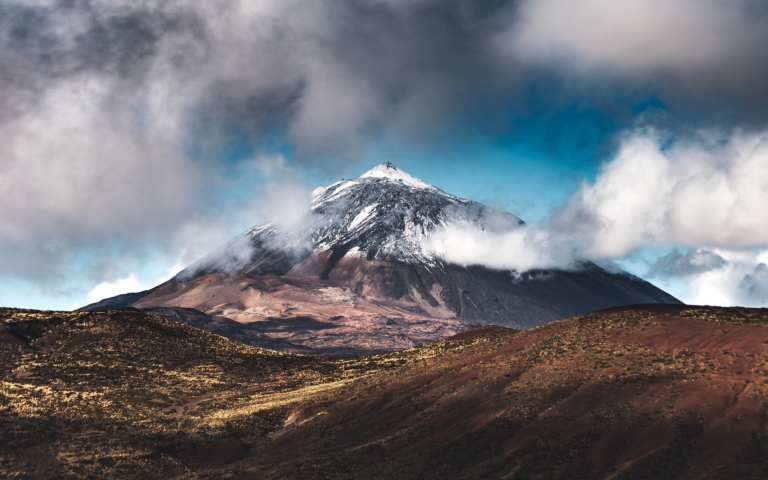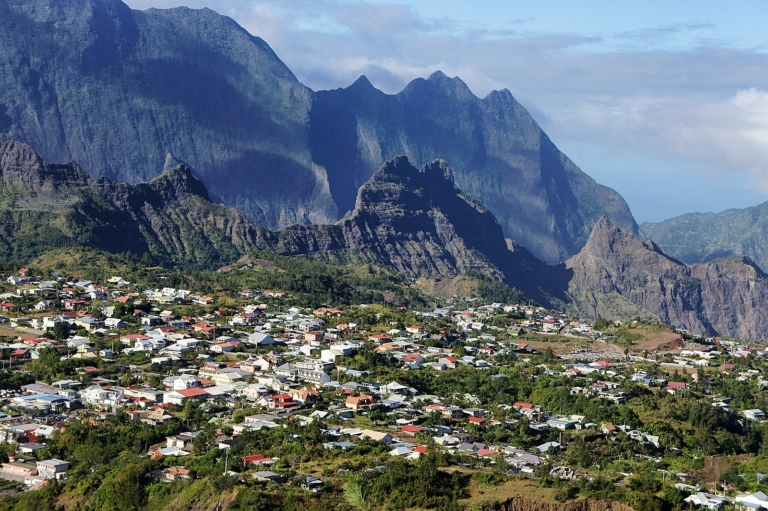What is FUTOR?
FUTOR enables young citizens in the EU Outermost Regions to use digital technologies to envision and bring forward desired futures through systemic thinking and interaction with others using digital art as a means of self-expression and engagement.
what activities will be done in futor?
The collection of “baseline” imagery, footage and description will take place in the physical word , giving the students the much needed physical activity that can be conducted in very small groups or even individually. Focusing on the immediate surroundings, documenting the state of the natural environment (or other phenomena such as the state of an object of interest or the community/society at large). This individual work is then followed by group interaction and discussion, but through digital means and social media interacting with a large group of co-workers and team members.
where will futor take place?
FUTOR works with three territories: Açores (Portugal), Canary Islands (Spain) and La Reunion (France).



FUTOR TIMELINE
Preparatory phase
The project starts with a mobilisation campaign to engage with schools and teachers. This mobilisation campaign will coincide with preparatory phase of the project during which IT frameworks will be developed and the exercises will be conceptualised. The Futures Thinking concept are converted into guidelines for teachers that are meant to develop critical problem solving skills, critical reflection and scientifically sound solutions within digital art. Teacher participants recruited at this stage will later act as mentors in guiding learners, facilitation of online collaboration through wikis, dissemination on social media, selection of an in situ project for implementation and planning and execution of local team effort.
Execution phase
Following the conceptualisation and recruitment phase, the second phase deploys several Pilots in the target regions. Each Pilots will be implemented in three Execution Phases (EPs):
EXECUTION PHASE 1
EXECUTION PHASE 2
EXECUTION PHASE 3
Guiding students to identify a local environmental cause or concern they wish to address and develop their projects about.
Students are encouraged to connect on social media using their personal or – if applicable – institutional accounts as well as directly on their allocated Team Wiki pages. Imagery and/or footage of their local natural environments to be restored and/or preserved are uploaded onto the Team Wikis in a ‘before/after fashion’. Edits are to be carried out in consultation with team members and supervising teachers reflecting individual creativity, group input and scientific soundness. Creativity shall be encouraged and valued while respecting the integrity of local ecosystems.
Guides students to collaborate on a local scale using know-how gained through international inter-school collaboration in EP2. It involves reorganizing students into local Action Teams and identifying one or more local environmental causes or concern of manageable magnitude and level of difficulty that students are interested in pursuing.

